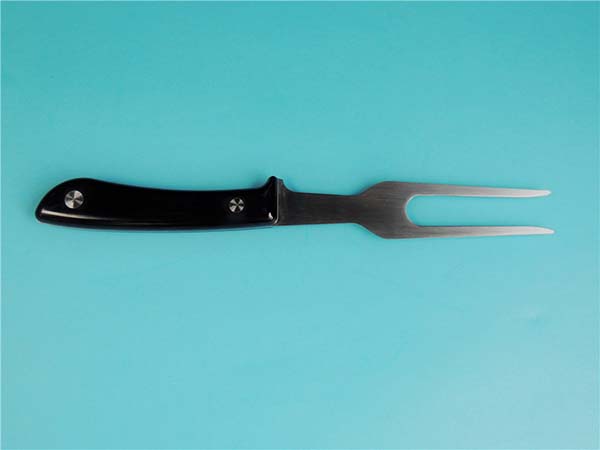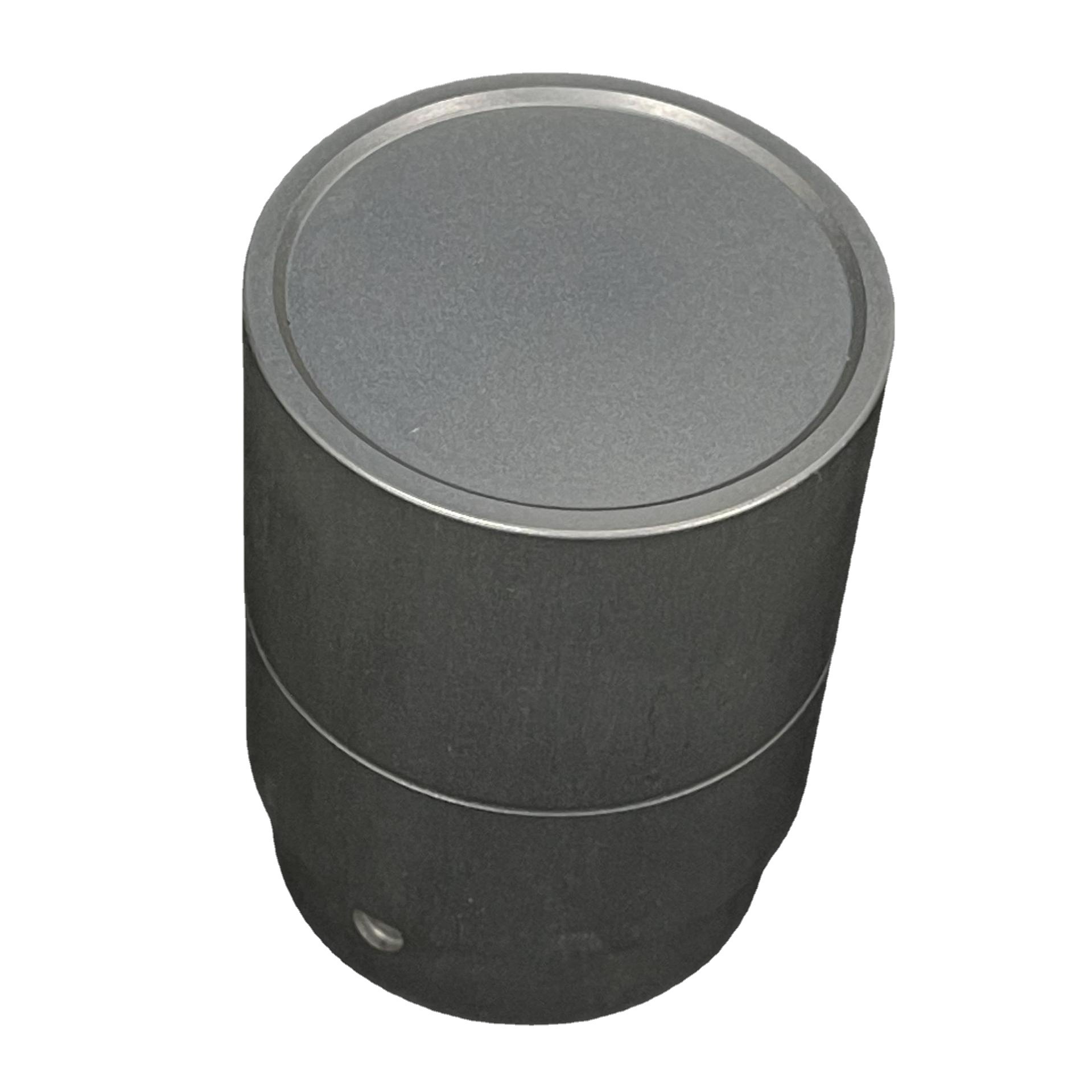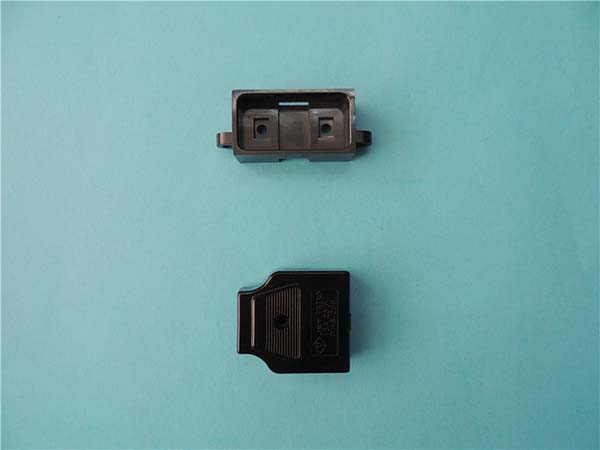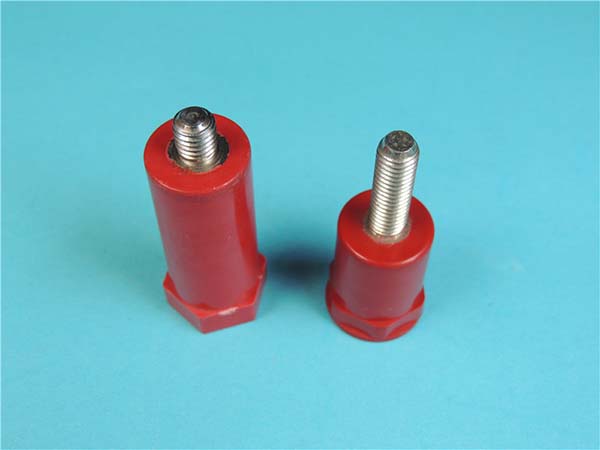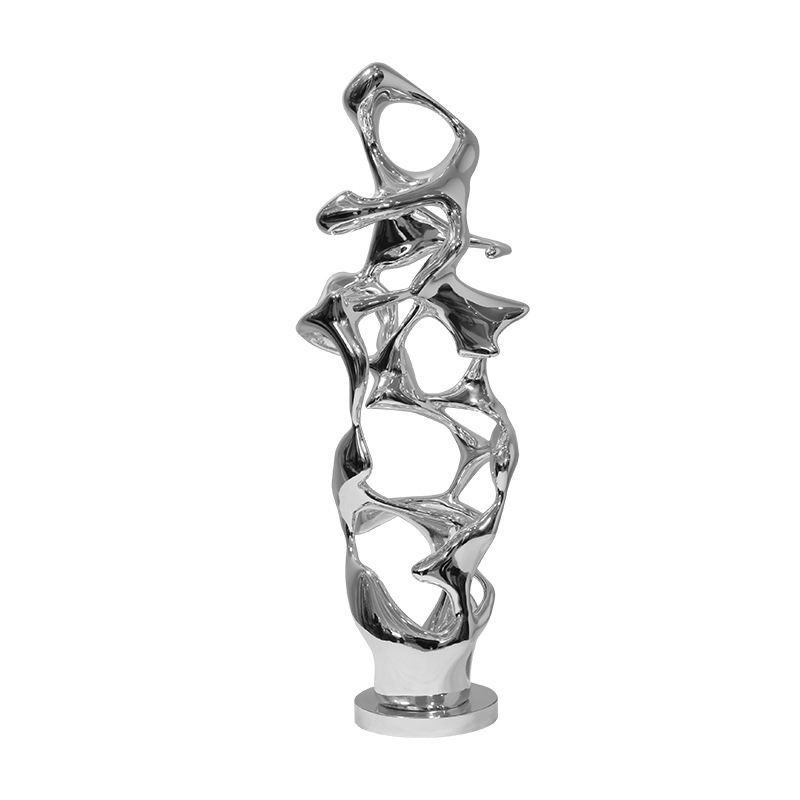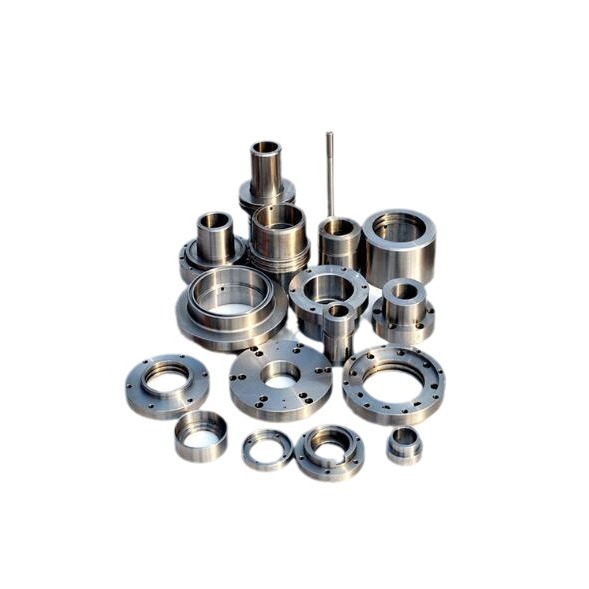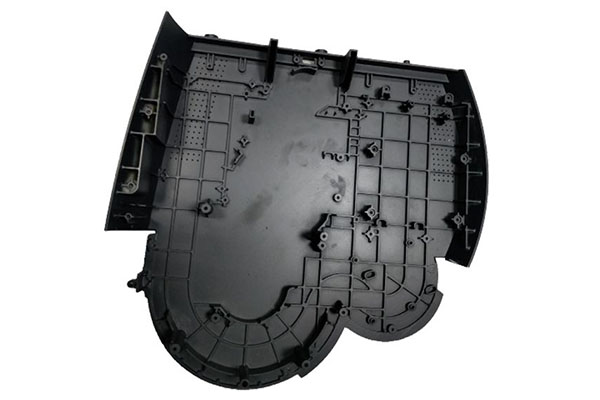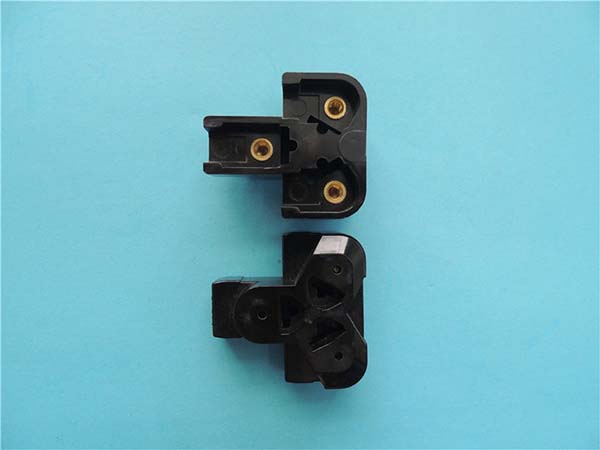What is 3D Printing?
3D printing, also known as additive manufacturing, is a revolutionary technology that has been transforming the industrial landscape. It involves the creation of three - dimensional objects by depositing materials layer by layer based on a digital file, typically a CAD (Computer - Aided Design) model.
The basic principle of 3D printing starts with a digital design. Designers use specialized software to create a 3D model of the object they want to produce. This model is then sliced into numerous thin layers by the 3D printing software. Each layer represents a cross - section of the final object.
Once the model is sliced, the 3D printer gets to work. Different types of 3D printers use various methods to deposit materials. For example, in Fused Deposition Modeling (FDM), the most common and affordable 3D printing technology for hobbyists and small - scale production, a spool of thermoplastic filament is fed into the printer. The printer heats the filament until it melts and then extrudes it through a nozzle, depositing the molten plastic layer by layer onto a build platform. As the layers accumulate, the three - dimensional object gradually takes shape.
Another popular technology is Stereolithography (SLA), which uses a laser to cure liquid resin layer by layer. Selective Laser Sintering (SLS) works by using a laser to sinter powdered materials, such as plastic or metal, into solid layers. Each of these technologies has its own advantages and is suitable for different applications, depending on factors like the desired material, precision requirements, and cost constraints.
Main 3D Printing Technologies
There are several main 3D printing technologies, each with its own characteristics and suitable application scenarios.
Fused Deposition Modeling (FDM)
FDM is one of the most popular 3D printing technologies, especially for hobbyists and small - scale manufacturing. In FDM 3D printing, a spool of thermoplastic filament, such as PLA (Polylactic Acid), ABS (Acrylonitrile Butadiene Styrene), or PETG (Polyethylene Terephthalate Glycol - modified), is fed into the printer. The printer's extruder heats the filament until it melts. Then, the molten material is extruded through a nozzle, which moves in a predefined path on the build platform. As the melted plastic is deposited layer by layer, the 3D object gradually takes shape. For example, in a desktop FDM 3D printer, the nozzle diameter is usually around 0.4mm, and the layer height can range from 0.1mm to 0.3mm, depending on the desired print quality.
The advantages of FDM include its relatively low cost. Both the printers and the materials are more affordable compared to some other 3D printing technologies. It also allows for a wide range of materials, and the printing process is relatively simple, making it accessible to beginners. However, FDM prints may have a relatively rough surface finish, and the dimensional accuracy is not as high as some other methods, typically with an accuracy of ±0.2 - ±0.5mm.
Stereolithography (SLA)
SLA works by using a laser to cure liquid resin layer by layer. In an SLA printer, a vat is filled with photosensitive resin. A laser beam, controlled by a computer, traces the cross - section of the 3D model onto the surface of the resin. Wherever the laser touches the resin, it solidifies, creating a thin layer of the object. After each layer is cured, the build platform is lowered slightly, and a new layer of resin is spread over the previously cured layer, and the process repeats.
SLA offers high - precision printing, with layer thicknesses as small as 0.025mm in some high - end machines. This makes it ideal for creating detailed and intricate models, such as jewelry prototypes, dental models, and small - scale sculptures. The surface finish of SLA prints is usually very smooth, reducing the need for extensive post - processing. However, SLA has some limitations. The available resin materials are more limited compared to FDM's material options, and the cost of both the printers and the resin can be higher. Additionally, the cured resin may be brittle in some cases, depending on the type of resin used.
Selective Laser Sintering (SLS)
SLS uses a laser to sinter powdered materials, such as plastic, metal, or ceramic powders. During the SLS process, a thin layer of powder is spread evenly across the build platform. A high - power laser then selectively heats and sinters the powder particles together in the shape of the cross - section of the 3D model. Once one layer is complete, a new layer of powder is applied, and the process continues until the entire object is formed.
One of the significant advantages of SLS is that it can produce durable and functional parts without the need for support structures in many cases, as the unsintered powder supports the part during printing. It is suitable for creating parts with complex internal geometries and is often used in the automotive and aerospace industries for producing functional prototypes and end - use parts. For example, SLS - printed nylon parts can have high strength and good chemical resistance. However, SLS printers are relatively expensive, and the printing process can be time - consuming. Also, the surface finish of SLS - printed parts may require some post - processing to achieve the desired smoothness.
Diverse Industrial Applications
3D printing technology has found its way into a wide range of industries, revolutionizing the traditional manufacturing and production processes.
Manufacturing Industry
In the manufacturing industry, 3D printing is widely used for rapid prototyping, custom - made parts, and small - batch production. For example, many automotive companies are using 3D printing to create prototype parts for new vehicle models. A car manufacturer was able to reduce the development time of a new concept car from several months to just a few weeks by using 3D printing for prototyping. This not only speeds up the product development cycle but also significantly cuts down costs. In small - batch production, 3D printing allows manufacturers to produce unique parts without the need for expensive molds, making it more cost - effective for producing low - volume, specialized products.
Medical Field
The medical field has also greatly benefited from 3D printing. It enables the production of personalized prosthetics, dental models, and even bioprinted tissues. For patients with limb amputations, 3D - printed prosthetics can be custom - designed to fit their residual limbs perfectly, providing a better fit and more comfort compared to traditional, one - size - fits - all prosthetics. In dentistry, 3D - printed dental models help dentists plan treatments more accurately. Additionally, the emerging field of bioprinting uses 3D printing to create living tissues, which holds great promise for treating various medical conditions in the future, such as organ transplantation.
Architecture Area
Architects are now leveraging 3D printing technology to create detailed building models. This allows them to quickly visualize their design concepts and make necessary adjustments. In some cases, 3D printing is even used to directly print building structures. For instance, there are 3D - printed houses and bridges in some experimental projects. A 3D - printed house in a particular project was constructed in a much shorter time compared to traditional building methods and with less material waste. The ability to print complex architectural elements also gives architects more design freedom, enabling them to create unique and innovative structures.
Aerospace Industry
The aerospace industry has embraced 3D printing for its ability to produce lighter and stronger components. By using 3D printing, aerospace companies can design and manufacture parts with complex internal geometries that are not possible with traditional manufacturing methods. For example, engine components printed using 3D technology can be lighter, which helps to optimize fuel efficiency and increase the range of aircraft and spacecraft. A major aerospace company reported that by using 3D - printed parts in their aircraft engines, they were able to reduce the weight of the engines by 15%, leading to a significant improvement in fuel consumption and overall performance.
Yigu Technology's Viewpoint
As a non - standard plastic metal products custom Supplier, Yigu Technology highly values the prospects of 3D printing in industrial applications. We believe that 3D printing will bring more flexibility and customization options to our services. By leveraging 3D printing technology, we can better meet the unique requirements of our clients, whether it's creating complex plastic components or precise metal parts.
This technology allows us to produce custom - made products with shorter lead times, which is a significant advantage in today's fast - paced market. We can also use 3D printing to optimize product designs, reducing material waste and improving the overall quality of our products. In short, 3D printing provides us with the opportunity to enhance our production efficiency and offer more innovative solutions to our customers, helping us to stand out in the highly competitive non - standard products market.
Future Trends of 3D Printing
Material Innovation
The future of 3D printing holds great promise in terms of material innovation. Currently, while 3D printing already uses a variety of materials such as plastics, metals, and resins, the scope is set to expand significantly. Researchers are constantly developing new materials that can be used in 3D printing. For example, in the medical field, bio - compatible materials are being developed to enable more advanced bioprinting applications. These new materials will not only enhance the performance of the printed objects but also broaden the range of applications. We may see 3D - printed parts with self - healing properties, which could be a game - changer in industries like aerospace and automotive, where the ability to repair minor damages automatically would greatly increase the lifespan and safety of components.
Multi - Material Printing
Another exciting trend is the development of multi - material printing. At present, most 3D printers are limited to using one material at a time. However, in the future, it is expected that 3D printers will be able to print with multiple materials simultaneously. This would allow for the creation of composite products with different properties and functions within a single object. For instance, a 3D - printed tool could have a hard, durable metal part for the working end and a soft, non - slip plastic grip, all printed in one go. In the field of electronics, multi - material 3D printing could enable the production of complex circuit boards with integrated components, simplifying the manufacturing process and potentially leading to smaller and more efficient electronic devices.
Automation and Intelligence
Automation and intelligence will also play a crucial role in the future of 3D printing. As artificial intelligence and automation technologies continue to advance, 3D printers will become more autonomous. They will be able to automatically monitor the printing process, diagnose any potential faults, and optimize the printing parameters in real - time. For example, if a printer detects a problem such as a clogged nozzle during the printing process, it could automatically pause the print, clean the nozzle, and resume printing without human intervention. This would not only improve the quality and reliability of 3D - printed products but also increase the overall productivity of 3D printing operations, making it more suitable for large - scale industrial production.
FAQs
What is industrial 3D printing?
Industrial 3D printing refers to the use of 3D printers for the rapid and high - volume production of parts. It is characterized by manufacturing predictability, reliability, and high productivity. These industrial - grade 3D printers are designed to produce high - quality parts at relatively high speeds. They often have more advanced features and better build quality compared to consumer - level 3D printers. For example, some industrial 3D printers can handle a wider range of materials, including high - performance plastics, metals, and ceramics, and are suitable for mass production in factories.
What are the main advantages of 3D printing in industrial applications?
- Customization: It allows for the production of highly customized products according to specific requirements. For example, in the medical field, prosthetics can be tailored to fit each patient's unique body shape.
- Reduced Material Waste: As an additive manufacturing process, 3D printing only uses the amount of material necessary, unlike traditional subtractive manufacturing methods that often generate a lot of waste.
- Design Freedom: Designers can create complex geometric shapes and internal structures that are difficult or impossible to achieve with traditional manufacturing techniques. This is beneficial in industries like aerospace, where lightweight and high - strength parts with complex designs are in demand.
- Rapid Prototyping: 3D printing enables quick production of prototypes, significantly shortening the product development cycle. This allows companies to test and iterate their designs faster.
What challenges does 3D printing face in industrial applications currently?
- Cost: The initial investment in industrial 3D printers can be high, and the cost of materials, especially for high - performance materials like certain metals, is also relatively expensive. Additionally, maintenance and post - processing costs can add up.
- Material Limitations: Although the range of 3D - printable materials has been expanding, it is still more limited compared to traditional manufacturing materials. Some properties of 3D - printed materials may also not meet the high - standards required in certain industries.
- Printing Speed: In many cases, 3D printing is slower than traditional mass - production methods, which can be a bottleneck for large - scale industrial production.
- Technical Maturity: In some high - risk industries such as aerospace and medical, the technology's maturity needs to be further improved to ensure the long - term reliability and safety of 3D - printed products.
